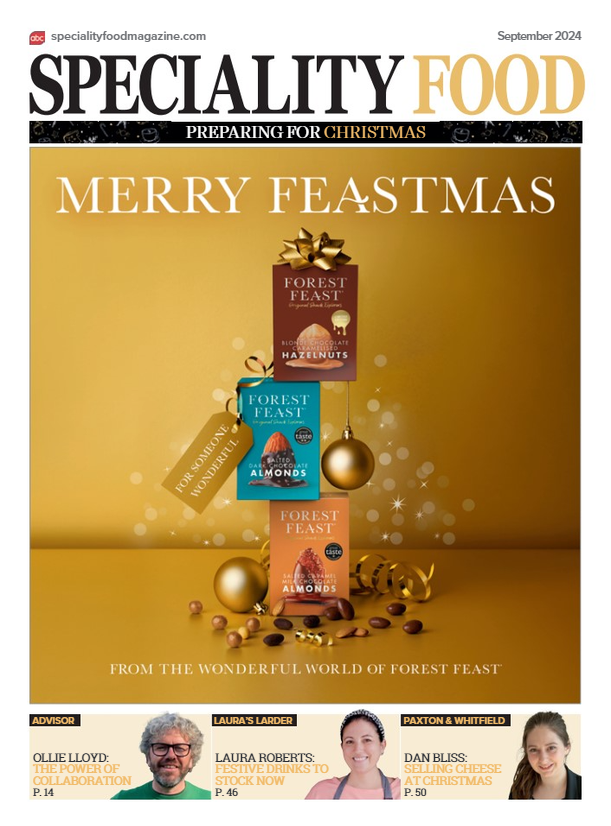404 - This page doesn't exist
Why not try searching our website
or try these popular searches
you may be interested in
-
What to know before adding a kitchen garden or PYO to your business
28 August 2024 Farm ShopIf you’ve got a plot of land attached to your farm shop, cafe or restaurant, it might be tempting to envisage it as a productive haven from which to pluck your own produce. But is the reality as simple as it seems? Speciality Food investigates -
The Big Interview: Edward Berry (The Flying Fork)
27 August 2024 DelicatessenEdward has enjoyed an illustrious career to date in food and drink, spanning hospitality, wine, farm shops and delis, making him one of the most knowledgeable consultants in the UK. Speciality Food finds out more about the man behind the fork
-
A guide to point of sale systems
22 August 2024 EquipmentWith technology marching on apace, farm shops and delicatessens have snapped up POS and EPOS systems to boost business. John Bensalhia switches on to some of the latest trends and capabilities...
-
Daring to Diversify: ‘We’re accidental shopkeepers’
22 August 2024 Cheese & DairyAs part of our series shining a light on interesting farm shops, delis, garden centres and food halls, we’re in Norfolk at The Goat Shed, which has expanded from a 6ft x 4ft garden shed, to an almost 16,000sqft attraction -
How to make the perfect Christmas hamper
22 August 2024 RetailAre you making the most of your gifting selection during the festive season? We speak to retailers about what works best for them -
Shoppers are still valuing organic
22 August 2024 SustainableConsumers have a lot of sustainable messaging to digest right now, but research shows they are putting organic first -
How to sell local cheese
22 August 2024 NewsSelling local cheeses could have shoppers flocking to your store. Here’s how to do it well -
Training the next generation in food retail
20 August 2024 RetailWhat are the challenges of recruiting into speciality food retail? -
Paul Heasman: ‘I couldn’t love what I do more’
20 August 2024 PeopleAs part of our series interviewing the great and the good of the speciality food world, we find out more about one of Britain’s most respected cheese experts -
17 essential Christmas tips for retailers
19 August 2024 ChristmasExperts from delis, farm shops and garden centres across the UK share their experiences and advice to help make your festive selling season a success





